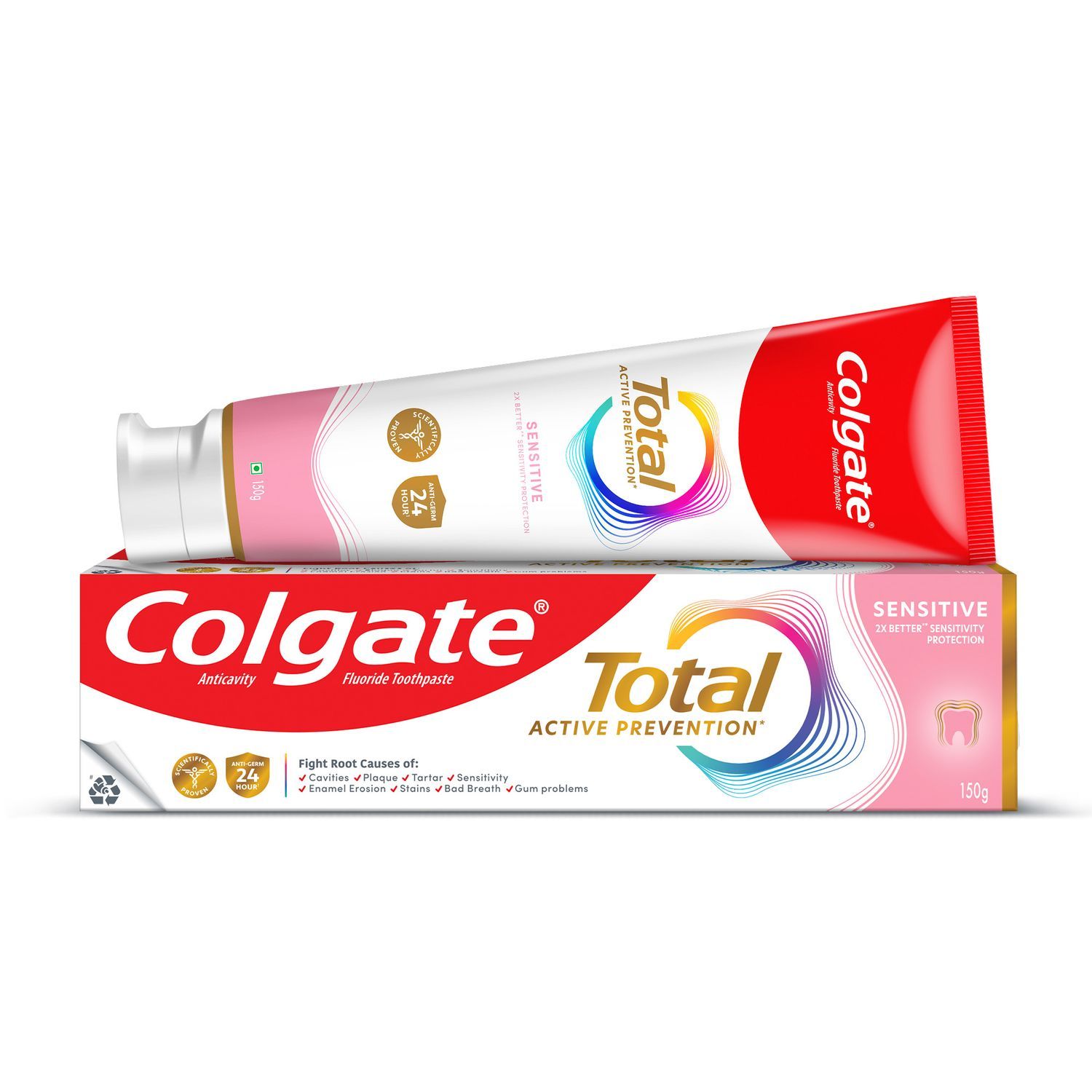How Dental Scalers Work
A build-up of plaque (biofilm) can harden into dental tartar. If left untreated, it can lead to gum disease and tooth decay. Here is how:
- Bacteria in plaque release acids as they feed upon sugars. These acids break down the tooth enamel, causing tooth decay.
- The bacteria also cause enzymes to damage connective gum tissue and bone, causing periodontal disease.
Knowing the harmful effects of plaque build-up and why it's important to remove plaque is a key to optimal oral health!
The tools used to remove the build-up are metal and ultrasonic instruments that have dangerously sharp points—allowing dental hygienists to remove every bit of plaque and tartar from your tooth surface and underneath your gumline.
Having been extensively trained in dental scaling and periodontal debridement, your dental hygienist knows precisely what to look for and how to remove plaque and tartar safely. While you might think this is a simple task and easily accomplished at home, misuse is common and harmful.
What Are The Dangers of DIY Plaque Scraping?
Because plaque scrapers/dental scalers are specialised medical tools requiring training to learn how to use them safely, DIYing might lead to misuse and:
- Damage your delicate gum tissue. Gum tissue trauma isn't just painful; it can also cause gum recession, exposing your teeth sensitive roots.
- Scratch your teeth enamel. This can cause tooth sensitivity.
- Injure your cheeks, tongue, or other soft tissues.
- Cause infections. One way is that you might accidentally push tartar under the gumline, leading to gum abscesses or other problems.
Removing Plaque Safely with Your Home Dental Tool Kit
Without a dental scaler but with a great home oral care routine, you possess the power to remove plaque at home safely. Here are the tools you need to remove the plaque before any tooth decay or gum disease sets in – and before the plaque hardens into tartar:
- Soft-Bristled Toothbrush and Fluoride Toothpaste: Brush twice daily to remove plaque.
- Interdental Cleaner: Remove plaque from between your teeth and under your gumline daily with one of these products:
- Dental floss or tape
- Interdental brush
- Water Flosser
- Antibacterial Plaque-Reducing Mouthwash: Rinse daily.
Of course, with regular dental visits, you can find out if you're doing a good job, as well as address other dental issues. During visits, your trained dental hygienist can remove any missed plaque and tartar with a dental scaler and other instruments.
Plaque removal is essential for good oral health, and you can safely remove – and prevent – plaque from forming. But you don't want to risk dental mishaps by using a plaque scraper at home. It's best to trust your licensed dental professionals with specializsd tools. That way, you can ensure safe, optimal oral health treatment.
This article is intended to promote understanding of and knowledge about general oral health topics. It is not intended to be a substitute for professional advice, diagnosis or treatment. Always seek the advice of your dentist or other qualified healthcare provider with any questions you may have regarding a medical condition or treatment.
ORAL HEALTH QUIZ
What's behind your smile?
Take our Oral Health assessment to get the most from your oral care routine
ORAL HEALTH QUIZ
What's behind your smile?
Take our Oral Health assessment to get the most from your oral care routine













